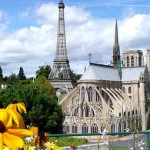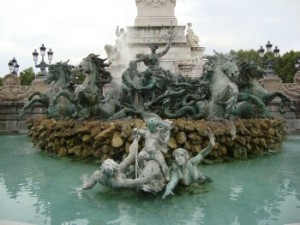
Alain Juppé, former prime minister of France and long-time mayor of Bordeaux, initiated massive renovations of the city in the 1990’s, bringing the formerly dark and closed city into the 21st century. An efficient and wide-reaching tramway spread over the city, huge restructuring of the quays along the Garonne River, an opening of the Vieille Ville and the cleaning up of many of the medieval buildings have totally transformed Bordeaux into a modern, elegant and bright city. Take a short tour of the new city and enjoy the beautiful Bordeaux architecture.
Start at the Place Quinconces, the largest public square in France. Formerly the home of a medieval fortress demolished in 1820, the Quinconques Square today boasts a 43-metre monument to the victims of the Terror who were guillotined during the French Revolution. Adorned with several dramatic statues of horses representing the Garonne River, the Dordogne River, and the city of Bordeaux, the motto “Liberty Breaking Free from her Chains” expresses the spirit of this proud city today.
From the Quinconces Square, make your way to the Grand Theatre, currently the Bordeaux Opera House, surrounded by arcades and a portico with giant columns, it hosts a lively restaurant and is general meeting place for the Bordelais residents.
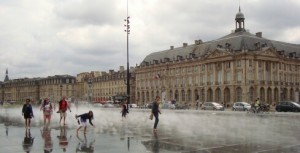
Take Tram B a few stops along the Quai des Chartrons to witness the incredible upheaval in this former portuary area, all cleaned up. Several new shops, restaurants, covered markets and chic boutiques nest in the old warehouses where wine barrels once stood. Always the busy center of town as the main center of the wine trade, the Chartrons boardwalk, a few kilometers long, has been remade as a public garden and follows the banks of Garonne and ends up a the Public Gardens, passing in front of the beautiful buildings of the Bourse and the remarkable “mirror of water”.
Innovative design can be found throughout Bordeaux today, expressing its renewal and dynamism while remaining true to its former glory as the center of the French wine trade.
If you plan on visiting, take this Bordeaux Architecture walking tour and enjoy the sites!
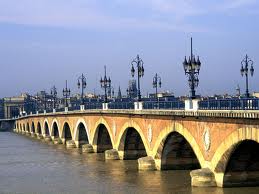 Part of the enchantment of the city of Bordeaux is its fascinating history. In addition to its excellent location on the Garonne River at the mouth of the Gironde estuary, its turbulent but compelling past may be summed up in three stages:
Part of the enchantment of the city of Bordeaux is its fascinating history. In addition to its excellent location on the Garonne River at the mouth of the Gironde estuary, its turbulent but compelling past may be summed up in three stages: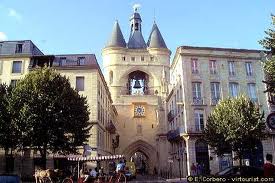
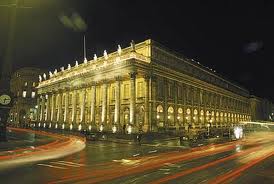
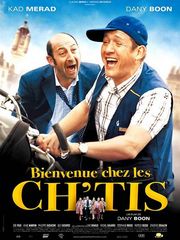 Actually, it is. The movie was filmed in the real village called Bergues, situated just a few miles south of Dunkirk. Here you can visit most of the places seen in the movie: the bell tower in the town square, the outdoor café where Philippe crashes his bike, the lingerie shop where Philippe runs into famous French actress Line Renaud (who plays Dany Boon’s mother in the movie), and the restaurant at which one of the funniest scenes in the movie takes place.
Actually, it is. The movie was filmed in the real village called Bergues, situated just a few miles south of Dunkirk. Here you can visit most of the places seen in the movie: the bell tower in the town square, the outdoor café where Philippe crashes his bike, the lingerie shop where Philippe runs into famous French actress Line Renaud (who plays Dany Boon’s mother in the movie), and the restaurant at which one of the funniest scenes in the movie takes place.


 Built by the influential Anne de Montmorency, the château is one of the most beautiful built in France during the Renaissance and one of the few to have been preserved without major damage over the centuries and through the wars. It retains some of its original decorations (painted fireplaces, ceremonial paving, ceilings and friezes, etc). After your visit, stroll through the castle’s beautiful wooded grounds and then have lunch in the quaint little town. Ecouen is located only 19 kms north of Paris; trains from Gare du Nord.
Built by the influential Anne de Montmorency, the château is one of the most beautiful built in France during the Renaissance and one of the few to have been preserved without major damage over the centuries and through the wars. It retains some of its original decorations (painted fireplaces, ceremonial paving, ceilings and friezes, etc). After your visit, stroll through the castle’s beautiful wooded grounds and then have lunch in the quaint little town. Ecouen is located only 19 kms north of Paris; trains from Gare du Nord. Construction began in 1225 and finally finished in 1548, with intermittant stops-and-starts due to the ambitious height of the central tower. Inside this architectural wonder you’ll find another curiosity: the biggest clock you’ve ever seen (the size of a small house), built in the mid-nineteenth century. Beauvais is about an hour north of Paris in the department of Picardie. Trains from the Gard du Nord.
Construction began in 1225 and finally finished in 1548, with intermittant stops-and-starts due to the ambitious height of the central tower. Inside this architectural wonder you’ll find another curiosity: the biggest clock you’ve ever seen (the size of a small house), built in the mid-nineteenth century. Beauvais is about an hour north of Paris in the department of Picardie. Trains from the Gard du Nord.

